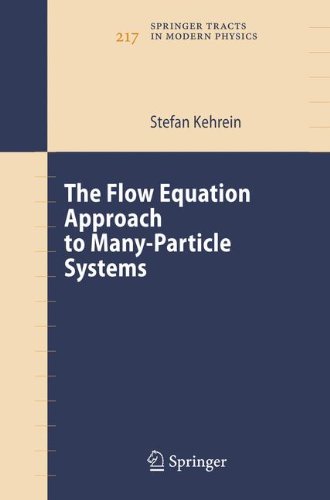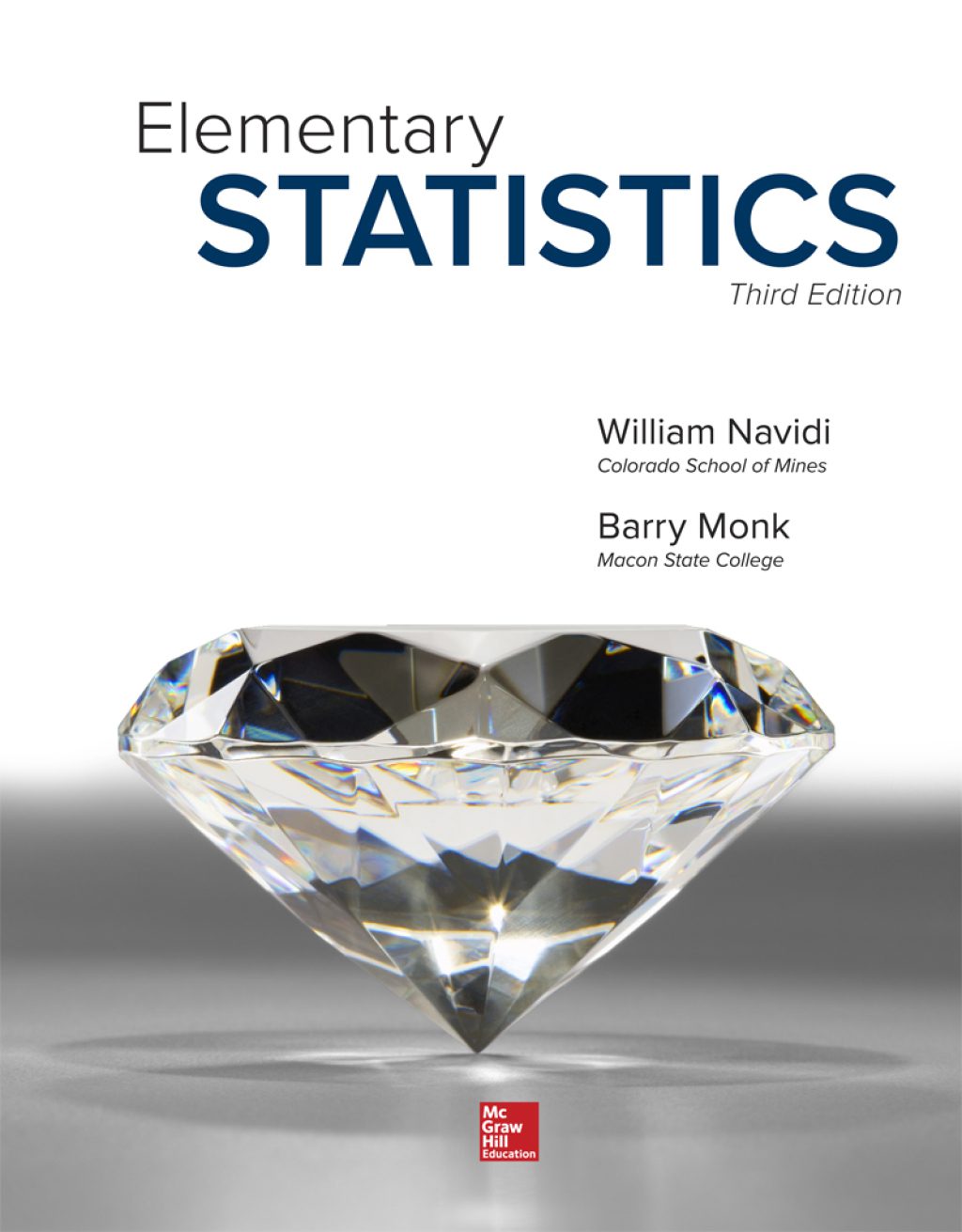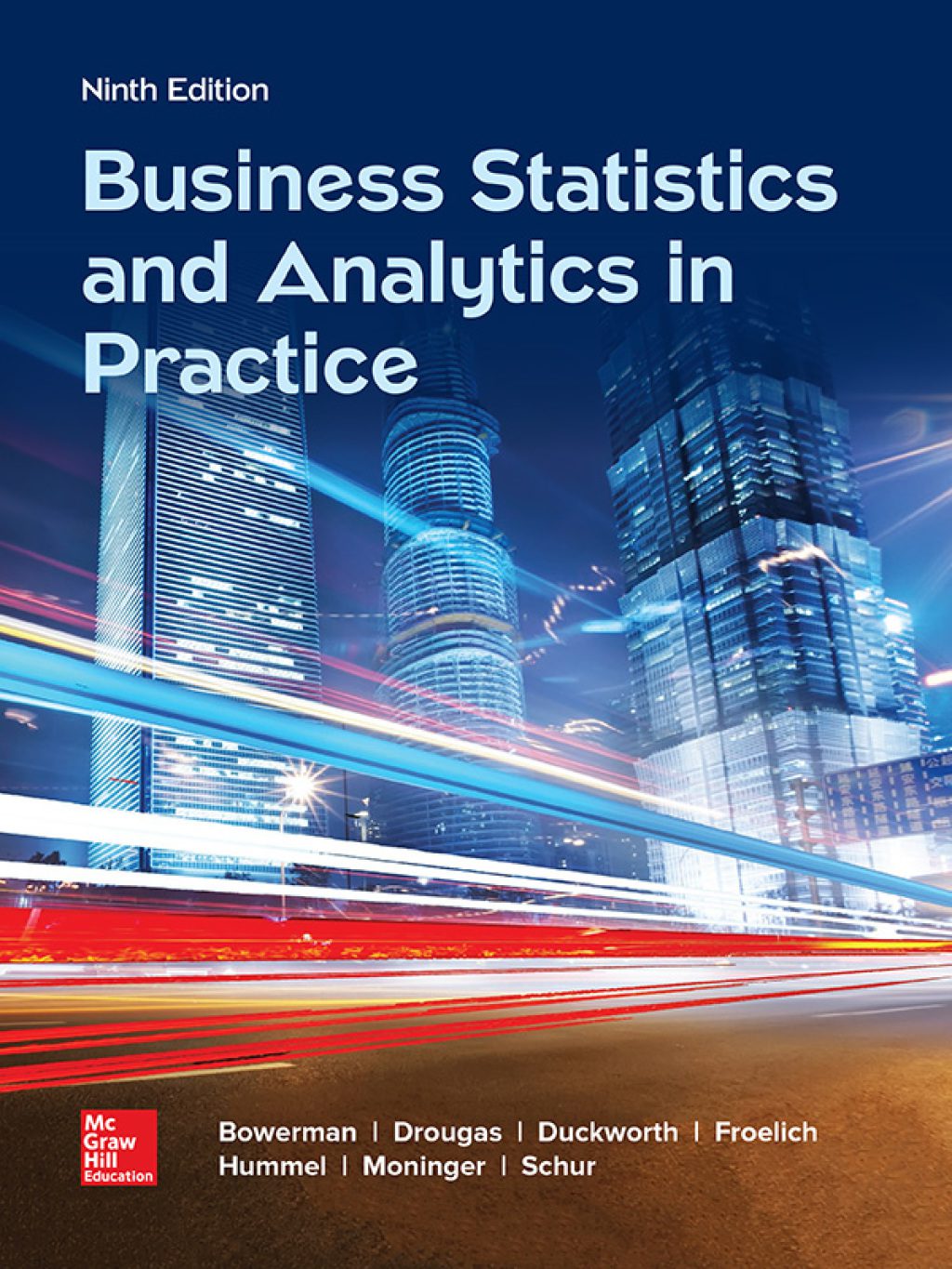Stefan Kehrein3642070531, 354034067X, 9783642070532, 9783540340683, 9783540340676
Table of contents :
Contents……Page 10
1.1 Motivation……Page 12
1.2 Flow Equations: Basic Ideas……Page 13
1.3 Outline and Scope of this Book……Page 18
References……Page 20
2.1 Energy Scale Separation……Page 21
2.1.1 Potential Scattering Model……Page 22
2.1.2 Kondo Model……Page 29
2.2.1 Motivation……Page 32
2.2.2 Infinitesimal Unitary Transformations……Page 33
2.2.3 Choice of Generator……Page 35
2.2.4 Flow Equations……Page 38
2.3.1 Setting up the Flow Equations……Page 41
2.3.2 Methods of Solution……Page 44
2.3.3 Strong-Coupling Case……Page 49
References……Page 50
3.1.1 Zero Temperature……Page 52
3.1.2 Nonzero Temperature……Page 55
3.2.1 Zero Temperature……Page 56
3.2.2 Nonzero Temperature……Page 58
3.2.3 Fluctuation–Dissipation Theorem……Page 59
3.3 Examples……Page 60
3.3.1 Potential Scattering Model……Page 61
3.3.2 Resonant Level Model……Page 63
References……Page 70
4.1 Normal-Ordering……Page 71
4.1.1 Bosons……Page 72
4.1.2 Fermions……Page 77
4.1.3 Important Commutators……Page 78
4.1.4 Normal-Ordered Expansions……Page 81
4.1.5 Normal-Ordering with Respect to Which State?……Page 85
4.2 Kondo Model……Page 86
4.2.1 Expansion in 1st Order (1-Loop Results)……Page 87
4.2.2 Expansion in 2nd Order (2-Loop Results)……Page 91
4.2.3 Nonzero Temperature……Page 96
4.2.4 Transformation of the Spin Operator……Page 99
4.2.5 Spin Correlation Function and Dynamical Susceptibility……Page 103
4.2.6 Pseudogap Kondo Model……Page 106
4.3.1 Flow of the Hamiltonian……Page 110
4.3.2 Low-Energy Observables……Page 115
4.3.3 Resonant Behavior……Page 117
4.4 Interacting Fermions in d > 1 Dimensions……Page 121
4.4.1 Flow Equations and Fermi Liquid Theory……Page 122
4.4.2 Flow Equations and Molecular-Field Type Hamiltonians……Page 129
4.5 Other Applications……Page 131
4.5.1 Construction of Effective Hamiltonians: The Fröhlich Transformation Re-examined……Page 132
4.5.2 Block-Diagonal Hamiltonians……Page 140
References……Page 141
5.1 Strong-Coupling Behavior: Sine–Gordon Model……Page 144
5.1.1 Sine–Gordon Model……Page 145
5.1.2 Flow Equation Analysis……Page 147
5.1.3 Conventional Scaling vs. Flow Equations……Page 153
5.2.1 Kondo Model in Non-Equilibrium……Page 158
5.2.2 Flow Equation Analysis……Page 160
5.2.3 Correlation Functions in Non-Equilibrium: Spin Dynamics……Page 166
5.3 Real Time Evolution: Spin–Boson Model……Page 170
5.4 Outlook and Open Questions……Page 174
References……Page 175
S……Page 176
W……Page 177







Reviews
There are no reviews yet.